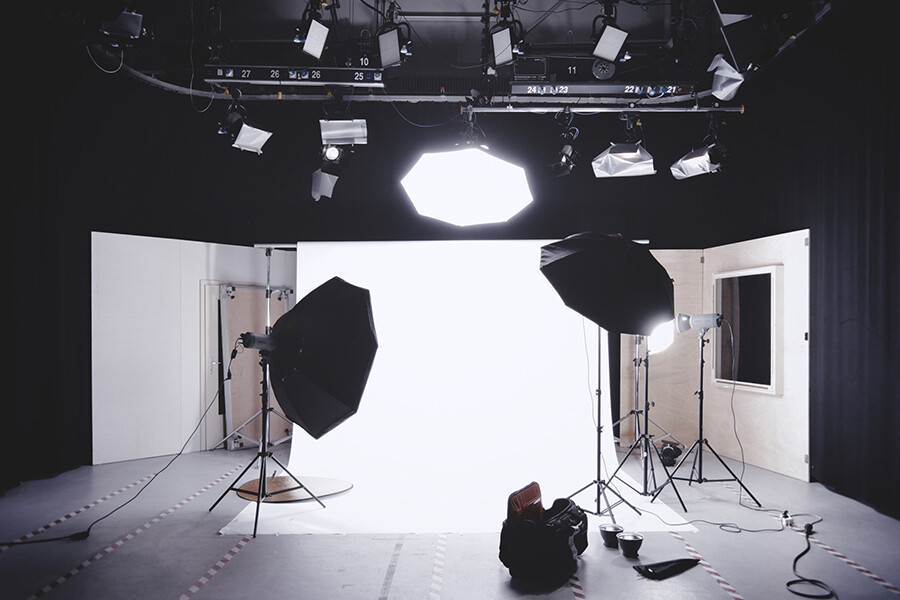- Accueil
- La recherche
- Mémoires et Travaux de fin d’études
- « Tsiganes » et photographie : évolution des représentations d’un peuple mythifié au XXème en France
« Tsiganes » et photographie : évolution des représentations d’un peuple mythifié au XXème en France
Auteur : Antoine Le Roux
Directeur(s) de mémoire : Christian Caujolle
Photographie
Résumé : À la fin du XIXème siècle, l’État français durcit considérablement le ton à l’égard des populations tsiganes circulant sur son territoire et organise un recensement en 1895 afin d’établir le nombre exact d’individus dont les déplacements sont perçus comme une menace contre l’intégrité territoriale du pays. En 1912, la loi sur la circulation des « nomades » est votée et impose le port d’un carnet anthropométrique à faire viser à chaque déplacement. Dans un contexte social et politique défavorable aux Tsiganes, l’image photographique et ses usages se présentent au cours du premier quart du XXème siècle comme le relai d’un discours d’État discriminant et contribue surtout à l’élaboration ainsi qu’à la diffusion à grande échelle d’une iconographie où la figure du Tsigane menaçant et criminel fait autorité. Cette étude se propose également d’interroger l’évolution de ces représentations en photographie tout au long du XXème siècle afin de mettre en évidence le moment où la nature des registres visuels change. Dans les années d’après-guerre, l’écrivain rom Matéo Maximoff s’introduit dans les réseaux intellectuels influents et s’impose dès lors comme un point de contact incontournable, auprès de qui de nombreux photographes et historiens cherchent leur légitimité. En dernier lieu, le travail de Mathieu Pernot nous permet d’aborder la façon dont la représentation des Tsiganes peut s’élaborer dans un questionnement perpétuel des approches formelles et une réappropriation des archétypes.
Mots-clés : Presse illustrée, cartes postales, photoreportage, Tsiganes, Roms, Gitans, Manouches, Matéo Maximoff, Saintes-Maries-de-la-Mer, Robert Doisneau, Michèle Brabo, Mathieu Pernot
—
Abstract: At the end of the nineteenth century, the French government adopts a considerably harsher tone against the Roma populations circulating in its territory and organizes a census in 1895 in order to establish the exact number of individuals whose constant movement is perceived as a threat against the country’s territorial integrity. In 1912, the law on the circulation of the “Nomads » is passed and requires the carrying of an anthropometric notebook, which is to be signed upon every arrival and departure. In a social and political context unfavourable to Gypsies, the photographic image conveys, over the first quarter of the twentieth century, the government’s discriminatory speech, contributing in particular to the development and the wide dissemination of an iconography in which the threatening and criminal Gypsy is the main picture. This study also aims to examine the evolution of such representations in photography throughout the twentieth century, in order to highlight the moment where the visual record changes. In the years after the war, Roma writer Mateo Maximoff enters the influential intellectual networks and, from then on, establishes himself as an essential contact point, from whom many photographers and historians seek their legitimacy. Finally, Mathieu Pernot’s work allows us to address how the representation of Gypsies can be developed in a perpetual questioning of formal approaches and reappropriation of archetypes.
Keywords: Illustrated press, postcards, photoreportage, Gypsies, Roms, Kalo, Manoush, Travelers, Matéo Maximoff, Saintes-Maries-de-la-Mer, Robert Doisneau, Michèle Brabo, Mathieu Pernot.



